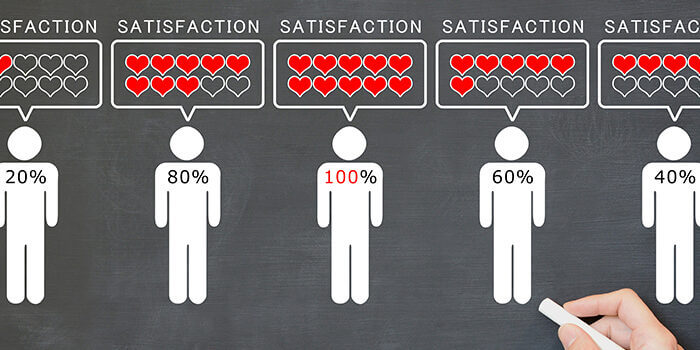Test News
This is a sample news post
Read More
Decreasing customer churn can pay immediate dividends. Implementing a formal Save Program is one way to keep your customers happier in the long run.

In these times of economic uncertainty, keeping customers happy has never been more important. Accenture estimates the cost of lost business due to customer churn or switching to a competitor at $1.6 trillion.
If your firm is already experiencing high churn rates or low NPS scores, time is of the essence. Customer retention efforts are critical to reducing churn and to protect against negative impacts to business goals. Brand loyalty is intrinsically linked to financial metrics, such as acquisition costs and revenue targets.
PwC surveyed 15,000 consumers and found that 1 in 3 customers will leave a brand they love after just one bad experience, while 92% would completely abandon a company after two or three negative interactions. Yet, many companies fail to identify and address the root causes for customer dissatisfaction.
In this article, we will focus on the challenges of customer retention, plus both short and long-term solutions to decrease churn, impact business outcomes, and improve experiences that are reflected in our NPS scores.
The statistics about customer churn are sobering:
However, the benefits of focusing on retention are just as clear:
[Read More: Goodbye Isn’t Forever — Building Effective Customer Re-engagement Programs]
Given the staggering cost of acquiring new customers compared to retaining existing ones, here are some short-term steps that you and your company can take to control customer churn:
Build a Business Case for Change
Align Customer Support Resources to include proactive outreach to dissatisfied customers
On the reactive front, transfer dissatisfied customers to a customer experience (CX) Save Team based on:
Train the Save Team on options to save customers:
To keep churn rates low, your company will need a sustained cross-functional effort to resolve customer issues as they arise. By creating a continuous closed loop service recovery program with behavior-based coaching, you are better able to impact experiences and business outcomes. Examples of this include:
Create a dedicated Customer Recovery team
Evaluate the latest CX Technologies
By creating both a short and a long-term focus on customer retention, your company can take charge over churn, even during times of economic downturn. RevGen Partners can support your short- and long-term goals for your CX Program including maximizing your customer recovery efforts! Learn more about what we do by visiting our Customer Experience site.
Get the latest updates and Insights from RevGen delivered straight to your inbox.